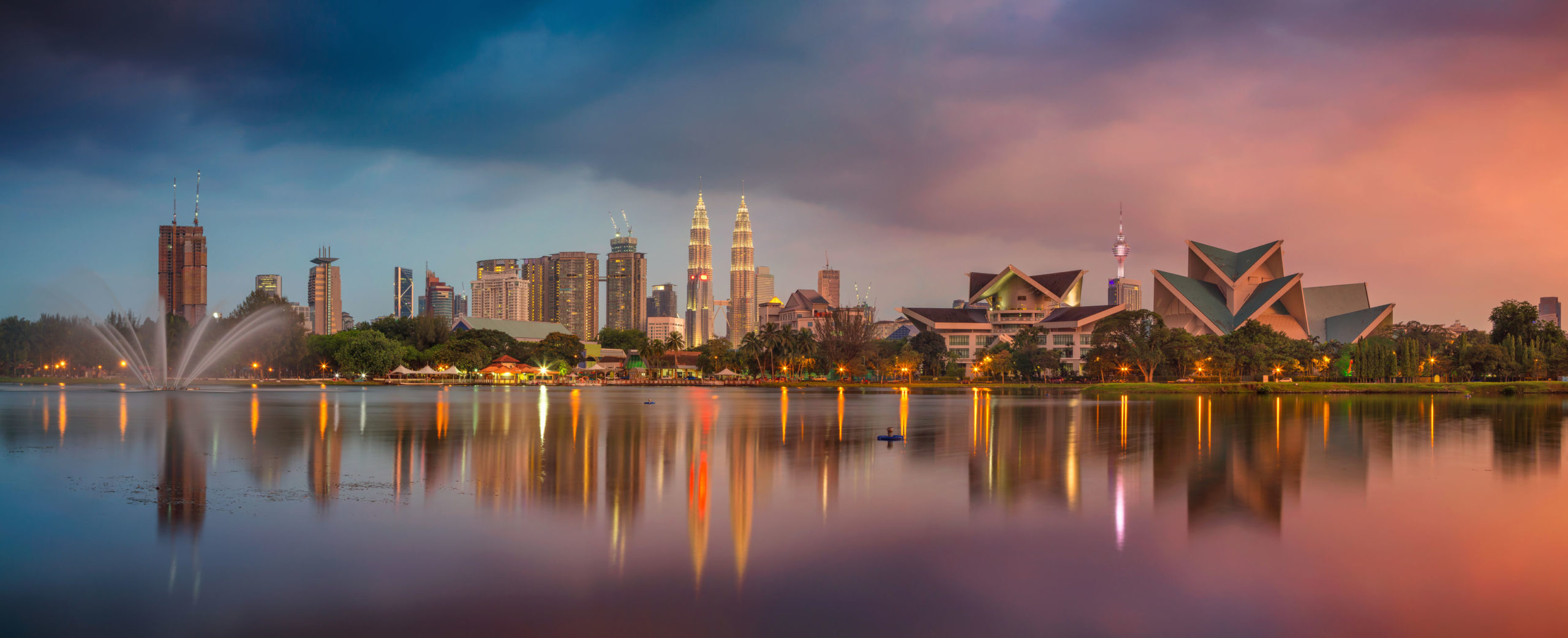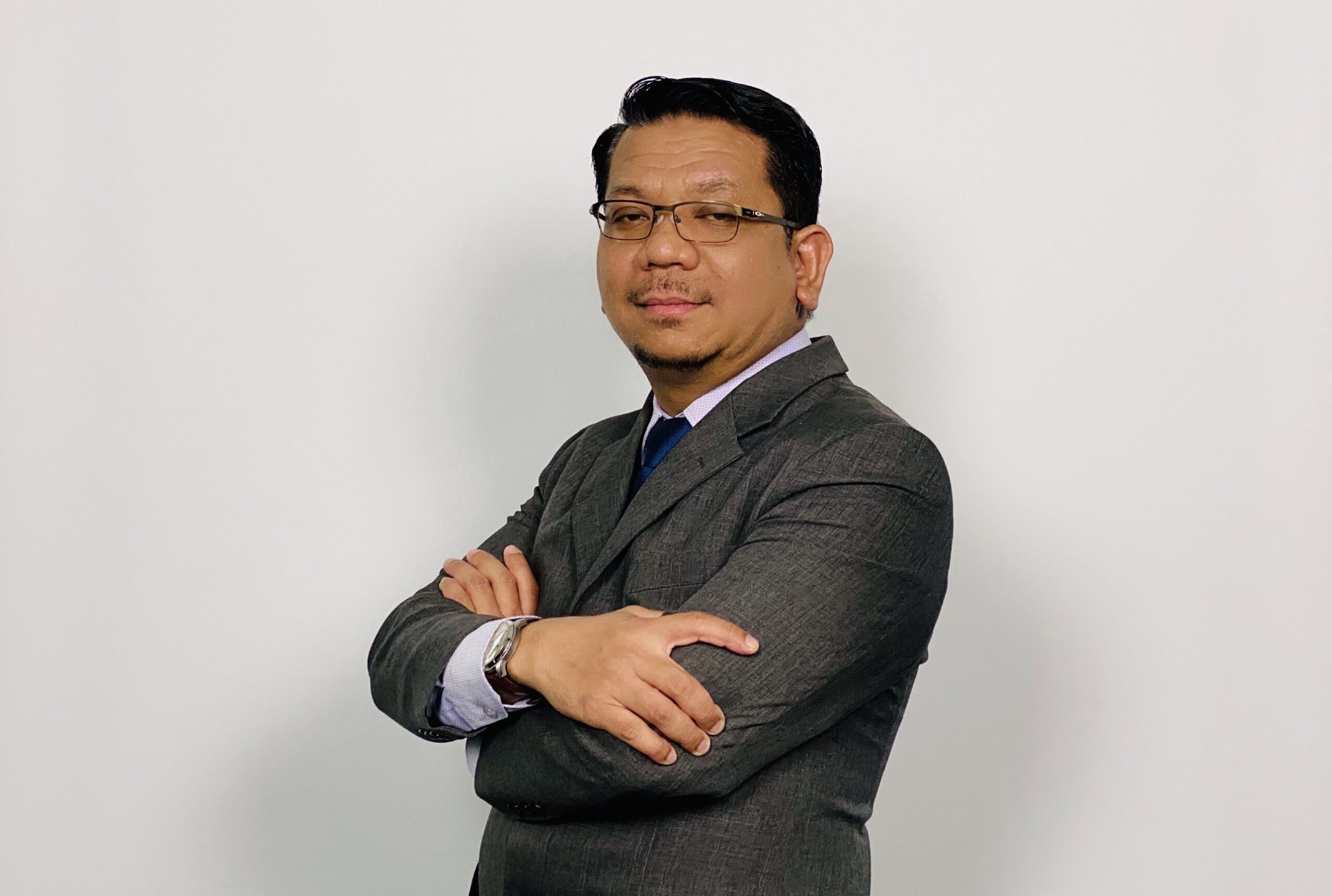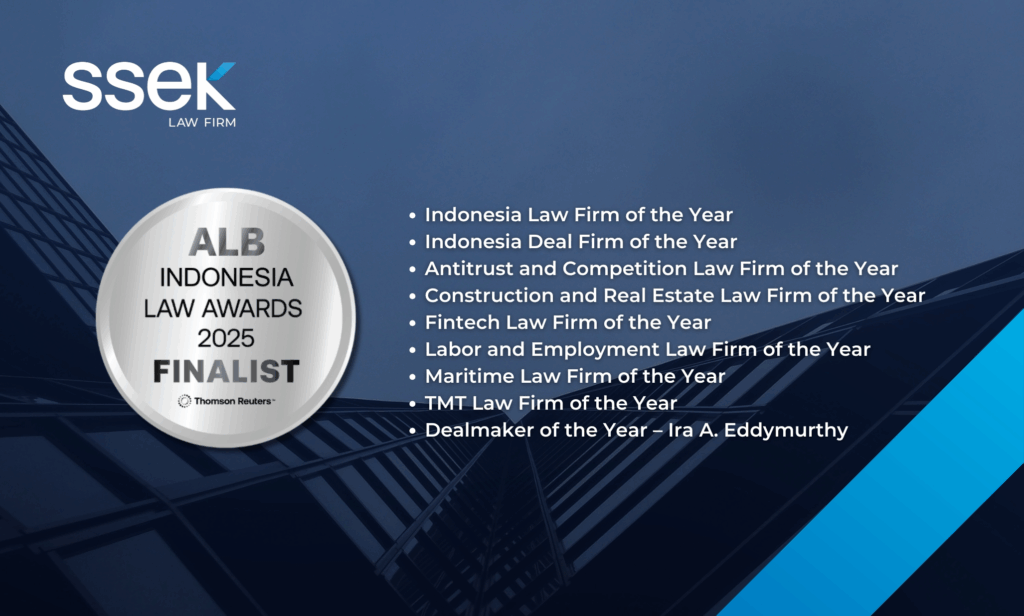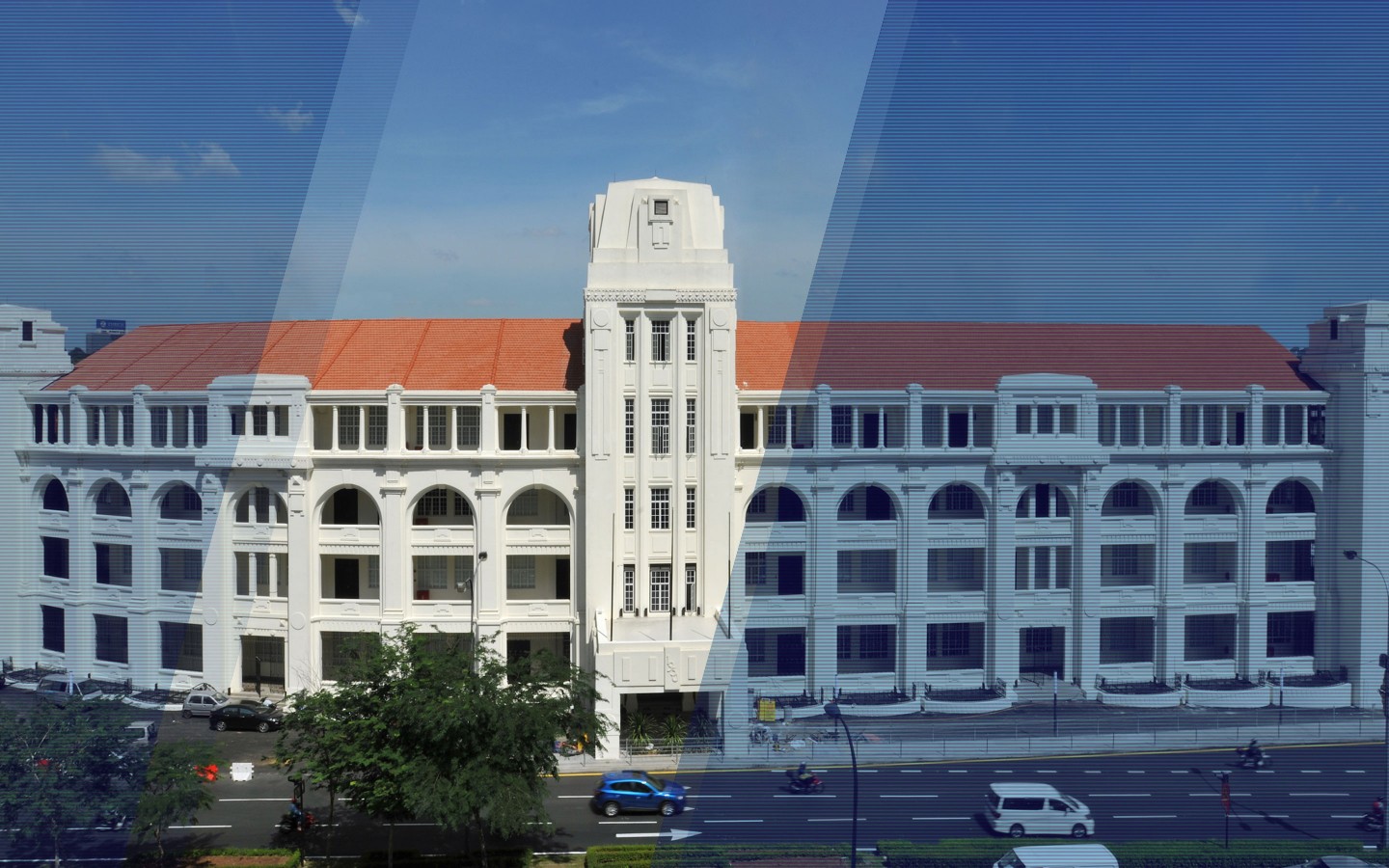Malaysia – Key Legal Considerations In The Development Of Renewable Energy Project.
Introduction
In this article, the authors discuss some of the key legal considerations and project agreements related to renewable energy projects in Malaysia.
Renewable energy can be generated from a diverse range of sources such as solar, hydropower, wind, wave, tidal, biogas, and biomass.
In Malaysia, renewable energy falls under the purview of several government ministries and agencies such as Ministry of Energy Transition and Water Transformation (“PETRA”), Energy Commission and Sustainable Energy Development Authority Malaysia (“SEDA”).
Large Scale Renewable Energy Projects
Large-scale renewable energy projects are under the purview of Energy Commission and PETRA.1 These projects are primarily driven by national energy policies and tend to focus on utility-scale projects that can provide significant contributions to the grid. Among the prominent renewable energy initiatives is the Large Scale Solar (“LSS”) programme. Early this year, PETRA has launched an additional bidding round under the LSS Petra 5+ offering opportunities to develop solar plants with capacities ranging from 10MW to 500MW, scheduled for operation in 2027.2
Small Scale Renewable Energy Projects
SEDA is the governing authority for the small scale renewable energy projects in Malaysia, i.e., 30MW and lower. Presently, under the Renewable Energy Act 2011 (“REA”), there are five (5) types of renewable resources which qualify to participate in the Feed-in-Tariff (“FiT”) system under the REA namely biogas, biomass, small hydropower, solar photovoltaic, and geothermal (“Renewable Resources”). An individual or company who wishes to participate in the FiT system must first obtain a feed-in approval certificate issued by SEDA.
Key Legislations for Renewable Energy Projects
Renewable energy projects are governed under two main Acts, namely:
(a) Electricity Supply Act 1990; and
(b) Renewable Energy Act 2011.
Key Project Documents for Renewable Energy Projects
1. Renewable Energy Power Purchase Agreements
Malaysia’s Feed-in Tariff system obliges distribution licensees, e.g., Tenaga Nasional Berhad (for Peninsular Malaysia) and Sabah Electricity Sdn Bhd (for Sabah) to buy from feed-in approval holders (“FIAHs”) the electricity produced from the renewable Resources and sets the FiT rate.3 The distribution licensees will pay for renewable energy supplied to the electricity grid for an agreed duration. The terms and conditions of the sale and purchase of the renewable energy under the FiT system are governed by standardised forms of renewable energy power purchase agreements (“REPPAs”). There are nine (9) types of standardised REPPAs for the different type of the Renewable Resources and the export/installed capacity under the FiT.
The parties to the REPPA are not allowed to vary the terms and conditions of the REPPA unless with the approval from SEDA. For other power purchase agreements which are not under the FiT system, there is no restriction for the parties to negotiate on the terms and conditions of such power purchase agreements.
2. Land Lease Agreement or Tenancy Agreement
For the renewable energy projects such as solar farms, biogas, biomass, and geothermal power plants, finding suitable land parcels to carry out the renewable energy projects is one of the key considerations in the development of renewable energy power plants. Typically, the renewable energy producers may consider entering into:
- land lease agreement; or
(b) tenancy agreement with automatic renewal over certain number of years,
depending on any terms or restrictions applicable to any such land.
The lease or tenancy period should, at least, match the lifespan of the intended project including the construction period.
Among the key terms and conditions that should be negotiated by the parties to the lease or tenancy agreement are as follows:
(A) category of land use and any express condition restricting use of the land for renewable energy project;
(B) any approval and consent requirement from the relevant authorities;
(C) lease or rent payment adjustment mechanism;
(D) rights and obligations for the use of the land including relevant indemnities to the landowner in relation to construction and operation of the plant;
(E) compensation payable to the State Government or landowner for the felling of trees for construction and operation of the plant;
(F) right to assign the lease or tenancy to the financing party(ies) as security for the loans or facilities granted; and
(G) events of defaults and consequences of termination or expiry of the agreement including the obligations of the relevant party to take over or dismantle the renewable energy plant.
In addition to the above, it is also important to ensure that the project land is free from encumbrances, squatters, and any third parties’ claim. Prior consultation and negotiations with the squatters and/or settlers may be required to resolve any impending issues for the necessary removal from the project area.
3. Rights Over Supply of Resources
It is crucial for renewable energy projects to secure sufficient and continuous supply of the relevant resources for the renewable energy power plants, e.g., water for hydroelectric project and palm oil mill effluent (POME), agricultural residue and livestock for the biogas or biomass projects.
A long-term supply agreement needs to be entered into between the producer and owner of such resources, e.g., for hydropower project, the renewable energy producer would need to enter into a water rights agreement with the State Government which has the rights over water resource, while for the biogas or biomass projects with the mill owner or feedstock supplier.
Among the key terms usually contained in the supply agreement include:
(a) grant of rights to collect, divert, impound, take and use water for the purpose of generating hydroelectric power;
(b) compensation payable for the loss of timber and other forest revenue;
(c) prohibition and permission of certain economic activities in the catchment area;
(d) pricing structure, volume of feedstock to be supplied and delivery terms;
(e) specifications of the feedstock;
(f) acknowledgement of step-in right by the financing party; and
(g) right to assign the relevant supply agreement to the financing party(ies) as security for the loans or facilities granted;
4. Engineering, Procurement, Construction and Commission Contract (“EPCC Contract”)
An EPCC contract is a vital document in the development of renewable energy projects. The EPCC contract contains the terms and conditions relating to the entire process, from designing and planning the renewable energy project to constructing and commissioning the facilities and the renewable energy power plants.
Below are the key terms of EPCC contract that the renewable energy producer may wish to deliberate and negotiate carefully:
(a) scope of obligations and responsibilities of the contractor and the applicable performance standard expected from the contractor;
(b) performance guarantee and penalty for non-achievement;
(c) type of security required from the contractor, e.g., performance bond in the form of bank guarantee and corporate guarantee from the parent company;
(d) contract price and procedure for progress claims;
(e) duration for the completion and any liquidated ascertained damages to be imposed consequent to the delay in completion;
(f) variation order and its mechanism;
(g) defects liability period; and
(h) limitation of liability of the contractor.
5. Operation and Maintenance Agreement (“OMA”)
OMA governs the relationship between the project owner and the appointed operator for the operation and maintenance of the renewable energy plants. Among the key terms and conditions of OMA are as follows:
(a) scope of operation and maintenance services and right to vary the agreed scope;
(b) performance standards;
(c) qualifications, licenses and approvals to be obtained and maintained by the operator throughout the OMA period;
(d) fees payable for the services rendered by the operator under OMA including any right to increase of fees over certain period of time by factoring in the inflation rate, rising material, and labour costs;
(e) obligation of operator to furnish report to employer at agreed interval; and
(f) right by employer to inspect and audit the operator.
Financing the Renewable Energy Projects
Funding for the initial stage of planning and development may typically be borne by the promoter. After the project has achieved certain stage of progress and once more substantial amount of moneys are needed for the project, the promoter may rope in other party as joint-venture partner and/or to secure for financing from financial institution.
In light of possible need to obtain financing from the financial institution, it would be prudent for the developer to make sure that the terms in the project agreements would be acceptable to the financial institution, in other words, to make sure the project agreements are bankable.
Conclusion
Well-structured agreements help to ensure that the roles, rights, and obligations of all parties involved are properly negotiated and reflected in the relevant project agreements to make sure the project are properly constructed, developed, completed, commissioned, and operated in accordance to the plan, while mitigating and allocating risks to the rightful party. This may foster a collaborative approach that supports the efficient delivery of renewable energy project to achieve its targeted renewable energy generation.

- Petra Government Malaysia, Tenaga Lestari <https://www.petra.gov.my/v2/sector?id=tenaga-lestari> accessed 19 February 2025.
- The Edge Malaysia, Malaysia calls for second LSS5 bid, targets 2GW <https://theedgemalaysia.com/node/741542> accessed 19 February 2025.
- Sustainable Energy Development Authority Malaysia (SEDA), Feed-in Tariff (FiT) <https://www.seda.gov.my/reportal/fit/> accessed 19 February 2025.
(Disclaimer: This article is not intended to constitute any advice on any matter and shall not be treated or relied upon as a substitute for legal advice on any matter or transaction.)






